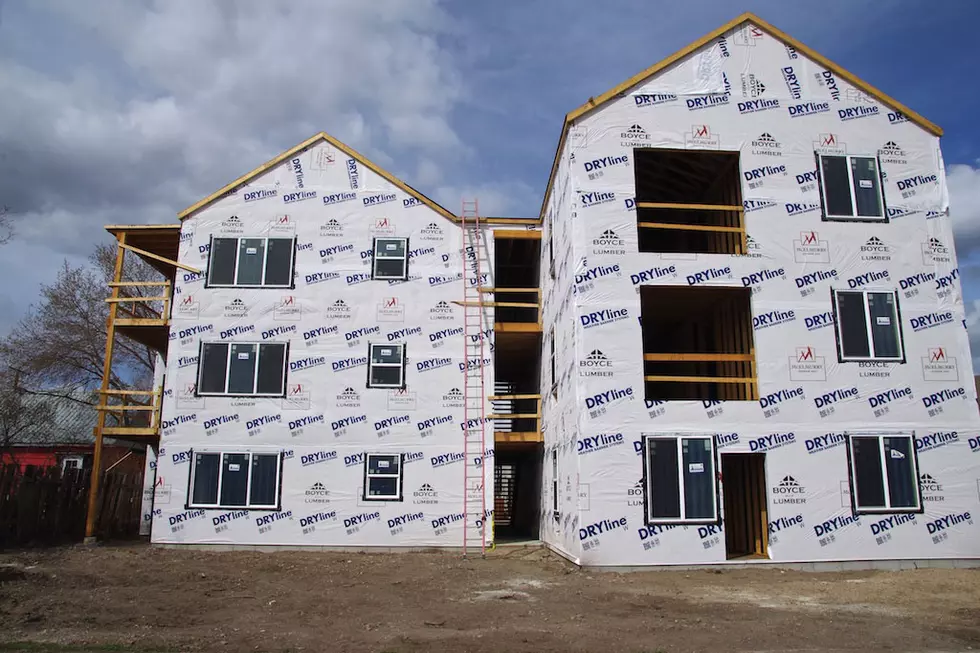
Tester, senate committee exploring housing solutions
Martin Kidston
(Missoula Current) While cities across Montana struggle with rising housing costs and a growing lack of affordability, one member of the state's congressional delegation has brought the concern to the nation's capital.
Sen. Jon Tester this week addressed policy experts during a hearing in the Senate Banking Committee on ways the government can cost-effectively address rising housing costs and the supply issues that are helping drive it.
The median cost of a home in Missoula hit another record high this year of $579,000 while in Bozeman, it now sits $762,000. While the two cities are higher than most other Montana communities, rising costs and a lack of supply are impacting the entire state.
“There's not a place I go in Montana, whether it's a very small town or the bigger ones that there aren't housing challenges,” Tester told the committee. “Some of it is that no housing is available, and others the housing is there, but it's dilapidated.”
Housing policy expert Matt Josephs estimated that the nation is facing a housing shortage of at least 3.8 million units – a figure he placed at the low end. When questioned, he told Tester and other committee members that a number of bills have been proposed that could help move the dial.
That includes affordable rental housing. Recently, Sens. Maria Cantwell, D-Washington and Todd Young, R-Indian, introduced the Affordable Housing Credit Improvement Act, which Josephs said could be a powerful tool if adopted.
“That bill alone could create 1.2 million more units of affordable housing,” he said. “Most notably, there's been a backlog and the housing finance agencies have a lot of shovel-ready projects to go. An additional fusion of credits could help those hit the ground running.”
On the home-ownership front, Josephs said other proposed programs could also prove valuable. Among them, he named the Neighborhood Homes Investment Act, which could create or preserve as many as 500,000 homes in distressed urban and rural communities.
“The cost of developing or rehabilitating the home is more than you can sell the home for,” said Josephs. “That (act) can attract new investors because they know they'll be made whole when they make those investments.”
Tester said most of the private sector wants to “do good” but faces various headwinds. As supply and demand remain out of balance, Tester said housing costs would likely continue to climb. The results have broad impacts, including a company's ability to attract and maintain employees.
“I believe in supply and demand,” Tester said. “We're 3.8 million houses too short, and until that comes up, until we fix that supply problem, we're going to see housing prices continue to elevate faster than a lot of other things.”
Tester in November introduced the Preservation and Reinvestment Initiative for Community Enhancement (PRICE) Act. If adopted, the legislation would revitalize Montana’s affordable housing supply by establishing a manufactured housing community improvement grant program.
Also last year, Tester introduced his bipartisan Rural Housing Service Reform Act. That program would improve federal rural housing programs, cut government red tape, and strengthen the supply of affordable housing across Montana, Tester said.
According to Forbes, the median housing cost in Montana has climbed to $530,000, well above the median cost nationally of roughly $412,000. The median costs are also climbing in other Western states including Arizona, which now stands at $435,000, Colorado at $612,000, Oregon at $502,000 and Washington at $602,000.
In Montana, Gov. Greg Gianforte last year convened a housing task force to look at the issue locally and, in Missoula, city officials are working to reform zoning codes to streamline housing development. That, according to Josephs, can also be a powerful tool.
“Making sure zoning allows for density around transit communities – that kind of stuff is very effective,” said Josephs.
